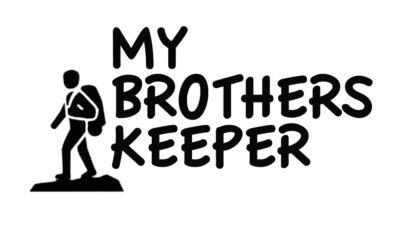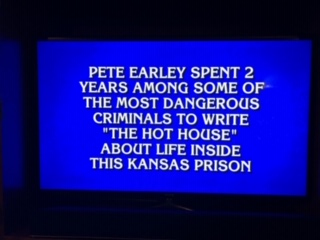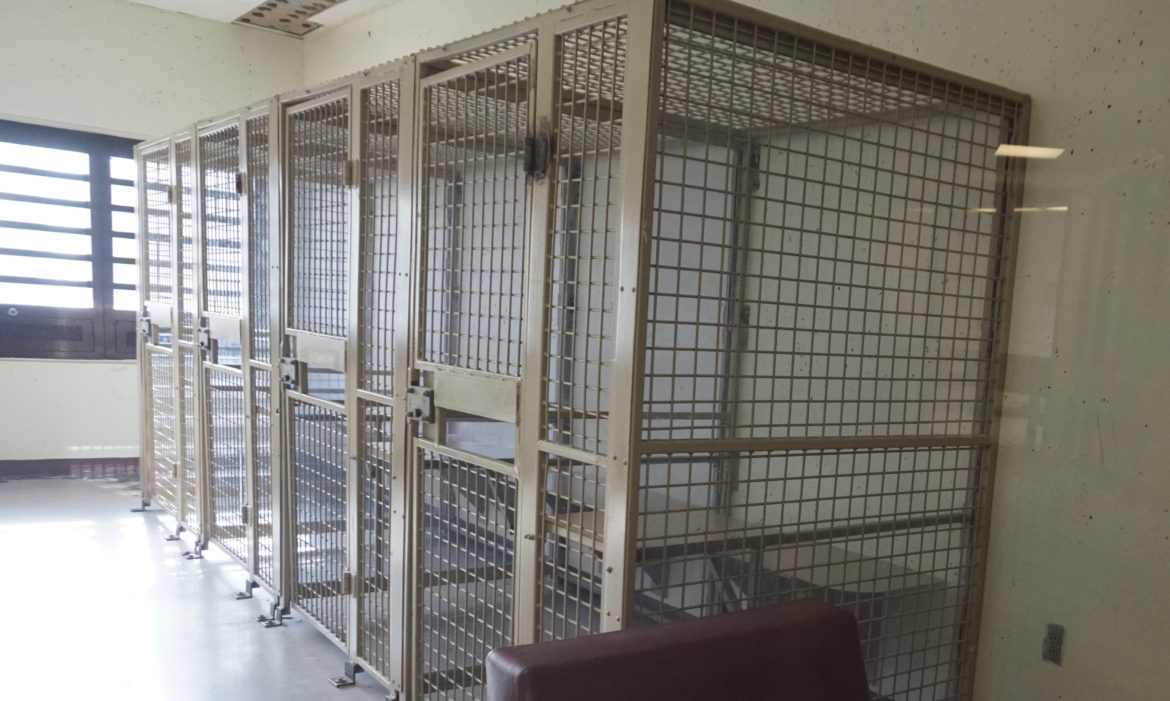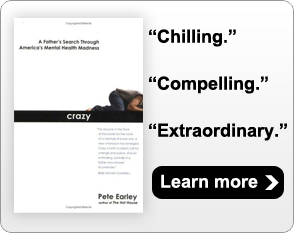
(4-22-19) Housing First, the practice of offering individuals shelter regardless of whether they are stable or sober, was the subject of a recent Washington Post story headlined: D.C. housed the homeless in upscale apartment. It hasn’t gone as planned.
“The SWAT team, the overdose, the complaints of pot smoke in the air and feces in the stairwell – it would be hard to pinpoint a moment when things took a turn for the worse at Sedgwick Gardens, a stately apartment building in Northwest Washington,” reporter Peter Jamison wrote.
He explained that half of the building’s 140 units had been rented to previously “homeless men and women who came directly from shelters or the streets, some still struggling with severe behavioral problems…a high-stakes social experiment that so far has left few of its subjects happy.”
Last year, there were 121 calls to the police, up from 34, in 2016, although only five of those involved an arrest. The most disturbing incident involved a tenant throwing objects around inside his apartment. When the police showed up, the warned them that he had a shotgun and would shoot if they tried to enter. The standoff ended after several hours without any gun being found. The tenant was released only to be arrest two days later after striking another tenant in the head with a flashlight.
Judging a situation solely from reading a news account always is risky, but from what I read, this was not Housing First as it was intended.






